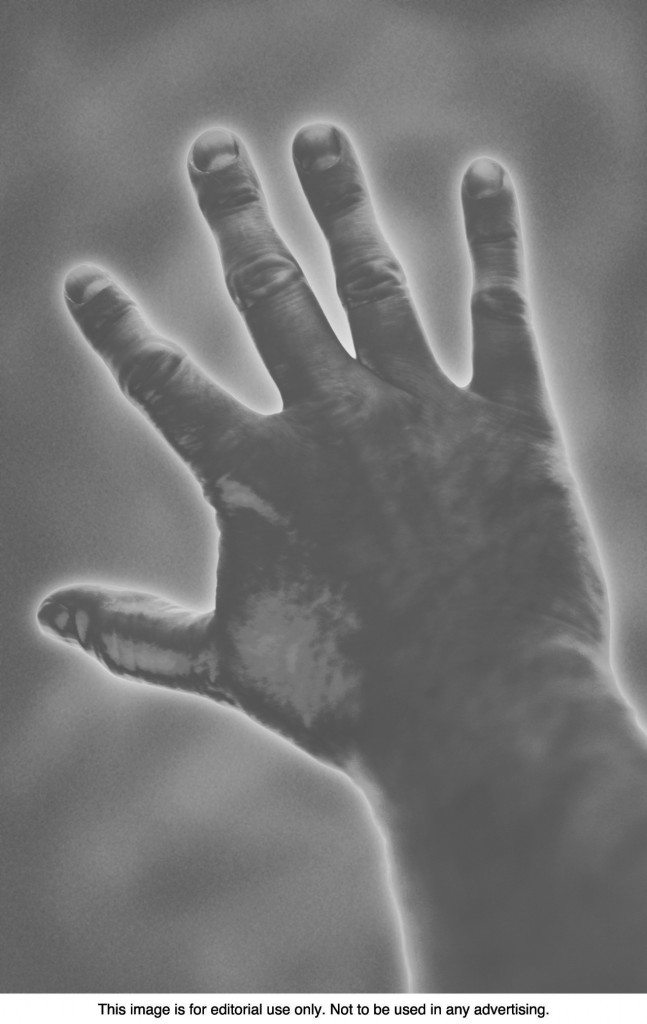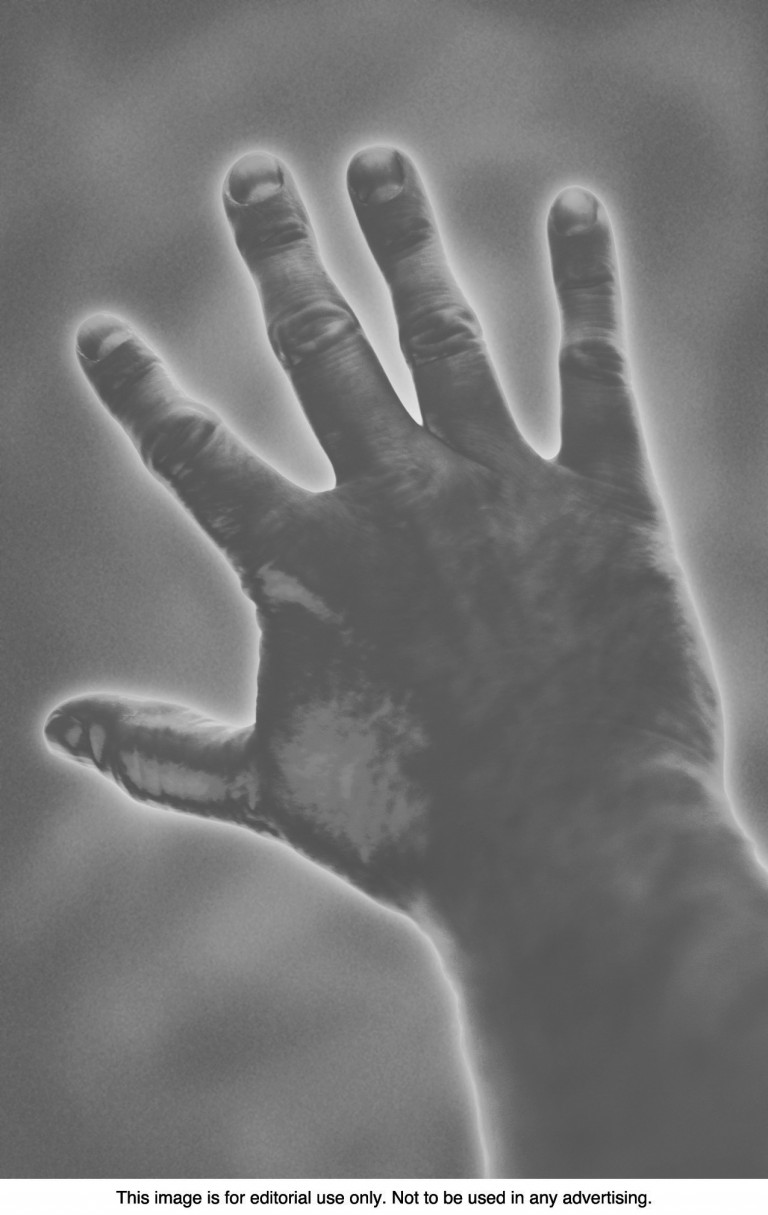 Psoriasis is an autoimmune skin condition in which the skin reproduces cells at an accelerated rate. This causes patches of flaky, irritated skin, also known as plaques. Psoriatic arthritis can develop at any time, but it is common between the ages of 30 and 50. Environmental factors, genes and immune system responses play a role in the onset of the disease. Patients with psoriatic arthritis can develop inflammation of their tendons, cartilage, eyes, lung lining, and sometimes aorta.
Psoriasis is an autoimmune skin condition in which the skin reproduces cells at an accelerated rate. This causes patches of flaky, irritated skin, also known as plaques. Psoriatic arthritis can develop at any time, but it is common between the ages of 30 and 50. Environmental factors, genes and immune system responses play a role in the onset of the disease. Patients with psoriatic arthritis can develop inflammation of their tendons, cartilage, eyes, lung lining, and sometimes aorta.
People who suffer from psoriasis or have a family history of this skin condition may be at risk for psoriatic arthritis, a serious disease that causes extensive swelling and joint pain.
Experts say that up to 30 percent of people with psoriasis also develop psoriatic arthritis. Psoriasis and psoriatic arthritis do not necessarily occur at the same time. Psoriasis generally comes first and then is followed by the joint disease. The skin ailment precedes the arthritis in nearly 80 percent of patients. Psoriatic arthritis is a rheumatic disease that can affect body tissues as well as joints. Psoriatic arthritis shares many features with several other arthritic conditions, such as ankylosing spondylitis, reactive arthritis and arthritis associated with Crohn’s disease and ulcerative colitis.
The rate of onset of psoriatic arthritis varies among people. For some it can develop slowly with mild symptoms. Others find it comes on quickly and is severe. Symptoms of the disease also vary, but may include the following;
• generalized fatigue
• swollen fingers and toes
• stiffness, pain, throbbing, swelling, and tenderness in joints
• reduced range of motion
• changes in fingernails
• redness and pain of the eyes
In many cases, psoriatic arthritis affects the joints closest to the nail in fingers and toes. The lower back, knees, ankles, and wrists also are affected.
It is important to talk to a dermatologist if you suffer from psoriasis and also experience stiffness or pain in joints. This may be indicative that psoriatic arthritis is present.
Treatments usually include a combination of medications and therapeutic exercises to reduce pain and swelling. NSAID pain relievers help but may be combined with stronger medications, such as corticosteroids, as well as medications that suppress the immune system.

